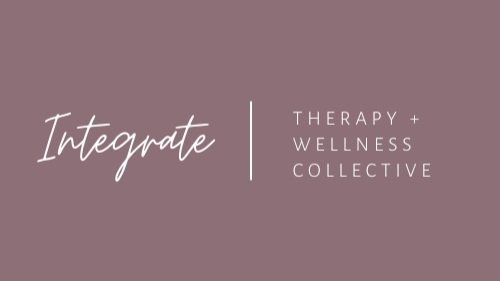The Somatic Canvas: Creative Bottom-Up Practices for Trauma Healing
When trauma settles into the body, our minds can spiral through loops of worry or shame. Bottom-up approaches invite the body to lead the way back to safety and regulation. Infusing these practices with creative expression—drawing, movement, clay, collage—deepens the mind-body dialogue and unlocks new paths to healing.
“Our bodies have a natural capacity for healing. All we need to do is learn to listen and trust in its wisdom.” Peter Levine.
Why Creativity Amplifies Somatic Work
It externalizes the invisible. Trauma often shows up as tightness in the chest, tension in the jaw, or butterflies in the belly. Creative expression transforms those sensations into shapes, colors, or textures. When you sketch a jagged line for anxiety or mold clay into a safe vessel, you give form to the formless.
It reclaims agency. Trauma leaves us feeling powerless. Choosing a hue, crafting a shape, or choreographing movement restores a sense of control. You become the storyteller and director of your own inner world.
It engages multiple pathways. Drawing, sculpting, dancing, touching—engaging all the senses helps the nervous system learn new patterns of safety. You’re not just talking about calm—you’re seeing it, touching it, feeling it.
Creative Somatic Practices
Sensation-Shape Mapping Gather paper and colored pens or pencils. Close your eyes and take a slow scan from the feet up. Notice the most vivid sensation in your body. On paper, draw a shape that matches that feeling—perhaps spiky, round, or swirling—and choose a color that resonates. This translation from sensation to shape interrupts rumination and invites curiosity. Ask yourself afterward: What is this shape trying to tell me?
Breath-Mandala Painting Use watercolors or ink and a piece of thick paper. Trace a circle freehand or with a round object. On the in-breath, guide your brush outward to paint a petal. On the out-breath, bring the brush back toward the center. Keep expanding your mandala in harmony with your breathing. This rhythmic flow fosters containment and ease. Notice how your tension shifts as paint meets paper.
Clay Containers for Feelings Work with air-dry clay or play dough. Shape a small bowl or box that can hold a challenging emotion—fear, shame, grief. Once it takes form, set an intention: “I place my fear here for safekeeping.” Let your creation dry. This act of physically containing discomfort creates distance and cultivates safety. Afterwards, check in with your body—how has it shifted?
Free-Form Movement & Journaling Select a journal, grab a pen, and find an open space. Play a song that feels grounding or soothing. Allow your body to move however it wants—rocking, shaking, stretching. When the music ends, sit down and write for a few minutes about what emerged. Movement helps unstick trapped energy; writing gives voice to what couldn’t be spoken.
Collage of Inner Allies Collect old magazines, scissors, glue, and a piece of poster board. Scan images and words, cutting out anything that feels calming or empowering—animals, landscapes, phrases. Assemble these into a collage that represents your inner support team. Visual reminders of strength and protection help wire new pathways of resilience. Reflect on which ally feels most present and how you might call upon it in moments of need.
Tips for Safe Practice
Start with just a couple of minutes if your nervous system feels on edge. Ground yourself first by planting both feet firmly and taking a few grounding breaths. Keep soothing tools nearby—perhaps a weighted shawl or a stress ball in case emotions rise. After each session, note any shifts in energy, mood, or physical sensation in a simple log.
Bringing It All Together
Creative somatic work isn’t about perfect art—it’s about forging fresh neural pathways toward safety. Every brushstroke, every molded shape, every movement says, “I’m here, I’m alive, and I have agency.” Over time, these acts of self-expression weave new threads of regulation into the fabric of your body.
Next Steps & Further Exploration
A suggestion would be for you to curate a playlist of gentle, melodic tracks to support nervous-system regulation, go into nature with leaf-printing or sand-drawing for grounding in the natural world, explore guided audio journeys that combine voice-led body scans with soothing music or possibly seek out a trauma-informed art therapy group for shared creative exploration and support.
Each creative practice is an invitation to listen to your body and honor its wisdom. Keep experimenting, keep trusting your inner guidance, and celebrate every small step toward integration and healing. Let us know at Integrate Therapy and Wellness Collective how we can help as we would love to walk along side of you through your journey.
